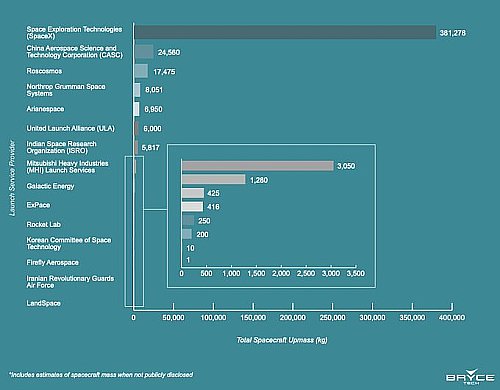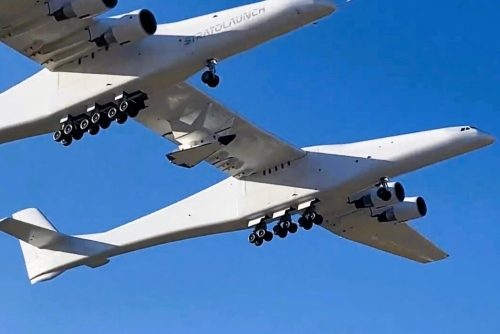SpaceX launches 23 Starlink satellites
SpaceX tonight successfully launched another 23 Starlink satellites, its Falcon 9 rocket lifting off from Cape Canaveral.
The first stage completed its third flight, landing on a drone ship in the Atlantic.
The leaders in the 2023 launch race:
92 SpaceX
61 China
17 Russia
8 Rocket Lab
7 India
American private enterprise now leads China in successful launches 105 to 61, and the entire world combined 105 to 96. SpaceX now trails the rest of the world combined (excluding American companies) 92 to 96.
This was the 201st launch this year, the first time ever that the global launch industry has exceeded 200 launches. Before 2021, annual global launch totals were generally less than 100. It now looks like there is a good chance they will never again be as low as that. (I should have noted this at the 200th launch, but missed it.)
SpaceX tonight successfully launched another 23 Starlink satellites, its Falcon 9 rocket lifting off from Cape Canaveral.
The first stage completed its third flight, landing on a drone ship in the Atlantic.
The leaders in the 2023 launch race:
92 SpaceX
61 China
17 Russia
8 Rocket Lab
7 India
American private enterprise now leads China in successful launches 105 to 61, and the entire world combined 105 to 96. SpaceX now trails the rest of the world combined (excluding American companies) 92 to 96.
This was the 201st launch this year, the first time ever that the global launch industry has exceeded 200 launches. Before 2021, annual global launch totals were generally less than 100. It now looks like there is a good chance they will never again be as low as that. (I should have noted this at the 200th launch, but missed it.)



